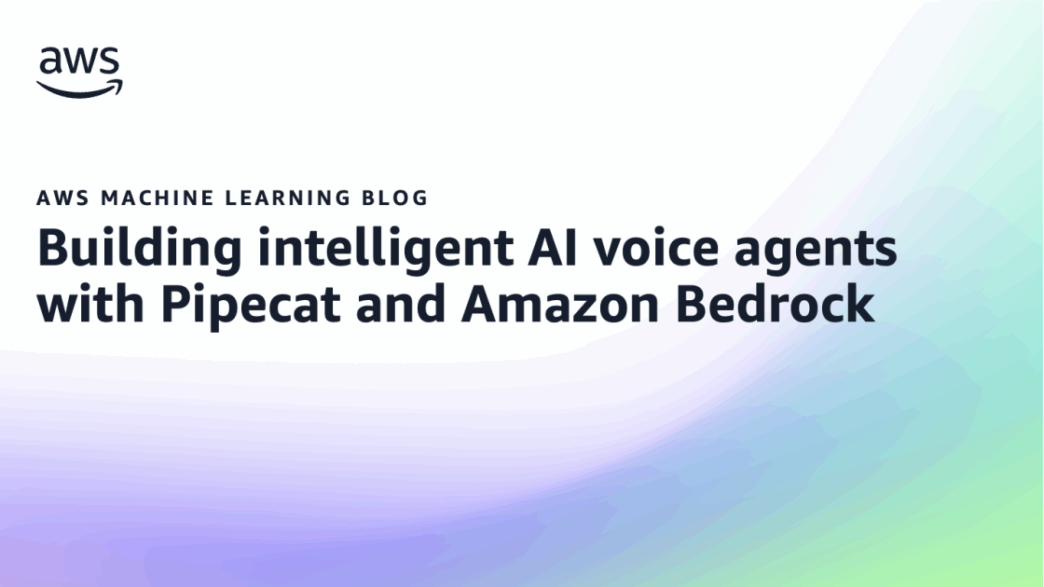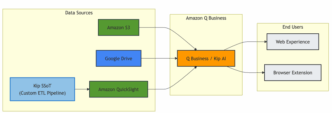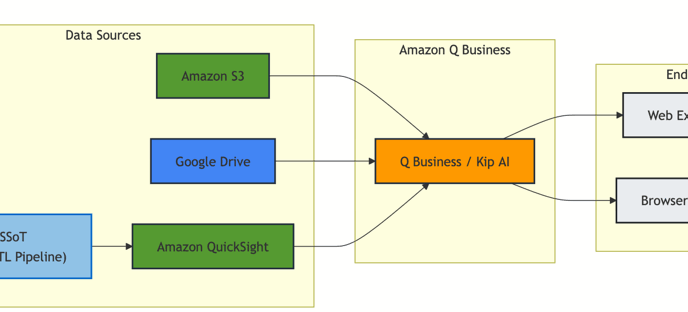AWS is launching tools to build smarter AI voice agents fast with Pipecat and Amazon Bedrock. The open-source Pipecat framework offers a modular way to create conversational AI that can listen, understand, and respond like a human using cascaded models.
You get components like WebRTC for real-time audio, Silero VAD for voice activity detection, Amazon Transcribe for speech-to-text, Amazon Nova Pro for language understanding and generation, and Amazon Polly for lifelike speech output. Pipecat orchestrates all this with Python code ready to run locally or scale.
AWS shares sample code on GitHub and detailed setup instructions. Developers need Python 3.10+, AWS Bedrock foundation model access, Daily.co’s WebRTC API, and AWS IAM permissions. The system runs in a browser with live mic input for natural talk.
Use cases include 24/7 customer support, personalized outbound calls, and virtual assistants. AWS also highlights optimization tips to cut latency and improve response speed, like prompt caching and TTS fillers to keep conversations smooth while processing.
A real client, fintech startup InDebted, is working with AWS on voice AI for better customer service.
Mike Zhou, Chief Data Officer at InDebted, said:
“We believe AI-powered voice agents represent a pivotal opportunity to enhance the human touch in financial services customer engagement. By integrating AI-enabled voice technology into our operations, our goals are to provide customers with faster, more intuitive access to support that adapts to their needs, as well as improving the quality of their experience and the performance of our contact centre operations”
AWS said Part 2 will cover Amazon Nova Sonic, a unified speech-to-speech model that handles voice input and output in one system for real-time conversations.
Developers ready to jump in can clone and deploy the sample now. AWS pushes this as a fast path to build voice AI that listens, thinks, and talks back naturally.
Figure 1: Architecture overview of a Voice AI Agent using Pipecat














